In risk management, businesses face many choices for insurance programs. Traditional insurance models have been the go-to for many, offering a familiar way to transfer risk. But now, Group Captive programs are emerging as a compelling alternative. Here is how the two insurance models compare:
Customization and Flexibility
Traditional Insurance: These policies are typically standardized. They offer one-size-fits-all coverage that may not align with the unique risk profile and needs of individual businesses. Policyholders have limited flexibility to tailor their coverage, which can result in gaps or redundancies.
Group Captive Insurance: These prioritize customization and flexibility. Members can tailor their insurance coverage to suit their specific needs and risk exposures. By participating in the decision-making process, policyholders can design bespoke insurance programs that address their unique challenges and objectives. This ensures comprehensive protection without overpaying for unnecessary coverage.
Winner: Group Captive Programs
Cost Efficiency
Traditional Insurance: Premiums are influenced by market conditions, claims experience, and underwriting practices. This leads to fluctuating costs and potential premium hikes over time. Policyholders may struggle to predict and budget for insurance expenses, impacting their bottom line.
Group Captive Insurance: These offer cost efficiency through collective risk pooling, stable premiums, and surplus returns. By spreading risks across multiple members and leveraging economies of scale, captives provide more predictable and competitive pricing. Surplus funds accumulated within the captive can be returned to members as dividends or used to offset future premiums, enhancing cost savings.
Winner: Group Captive Programs
Risk Management and Control
Traditional Insurance: Policyholders often have limited involvement in risk management decisions and loss control initiatives. Insurance carriers typically dictate risk mitigation strategies, leaving businesses with little control over their own risk destiny.
Group Captive Insurance: These empower policyholders to take an active role in risk management and control. By participating in risk control initiatives, safety programs, and claims management processes, members can proactively mitigate risks. This reduces the frequency and severity of claims and lowers insurance costs. This collaborative approach fosters a culture of accountability and ownership among members, leading to better risk outcomes.
Winner: Group Captive Programs
Transparency and Accountability
Traditional Insurance: Transparency and accountability can be limited. Policyholders often have little visibility into the inner workings of their insurance program. Decisions regarding claims handling, underwriting, and pricing may lack transparency, leading to dissatisfaction.
Group Captive Insurance: These prioritize transparency and accountability. Policyholders have greater visibility into the financial performance and operations of the captive. Members access detailed reports on claims experience, expenses, and surplus levels, enabling informed decisions about their insurance program. This transparency fosters trust and confidence among members, ensuring their interests align with the overall success of the captive.
Winner: Group Captive Programs
In the tug-of-war between traditional and Group Captive insurance programs, the latter emerges as the clear winner. While traditional insurance models offer familiarity and convenience, group captive programs deliver tailored coverage, stable premiums, proactive risk management, and enhanced accountability. Group Captive programs also offer superior benefits in customization, cost efficiency, risk management, and transparency. As businesses prioritize financial efficiency and operational resilience, Group Captive insurance stands out as a strategic solution that unlocks new opportunities for cost savings and value creation.
For questions on Group Captive insurance, contact Joe Bickel, CWCA, PWCA at 774-766-7284 or at jbickel@fbinsure.com or on LinkedIn.
Learn more about FBinsure’s risk management solutions here: FB Risk Advisors – FBinsure
Share this post on LinkedIn: Traditional vs. Group Captive Insurance – LinkedIn



